ckrickett
Ideal_Rock
- Joined
- Jul 26, 2008
- Messages
- 5,346
Thread for discussing pearls and their grading. Post questions, concerns or articles.
Article on Freshwater Pearls https://www.pricescope.com/community/threads/informative-article-on-freshwater-pearls.203807/
Article on Akoya Pearls https://www.pricescope.com/community/threads/great-article-on-akoya-pealrs.202931/
Article on Freshwater Pearls https://www.pricescope.com/community/threads/informative-article-on-freshwater-pearls.203807/
Article on Akoya Pearls https://www.pricescope.com/community/threads/great-article-on-akoya-pealrs.202931/

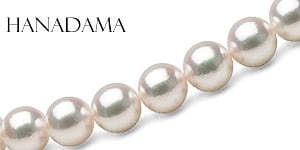
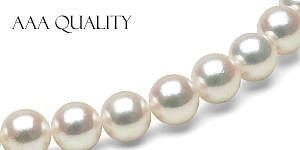
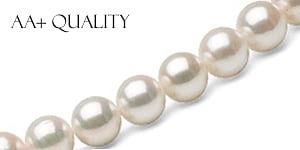
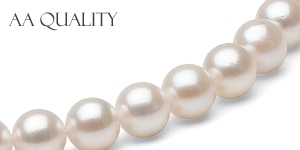
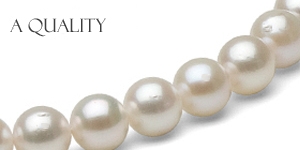
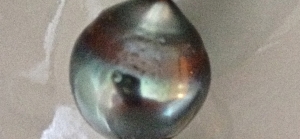
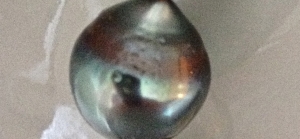


300x240.png)